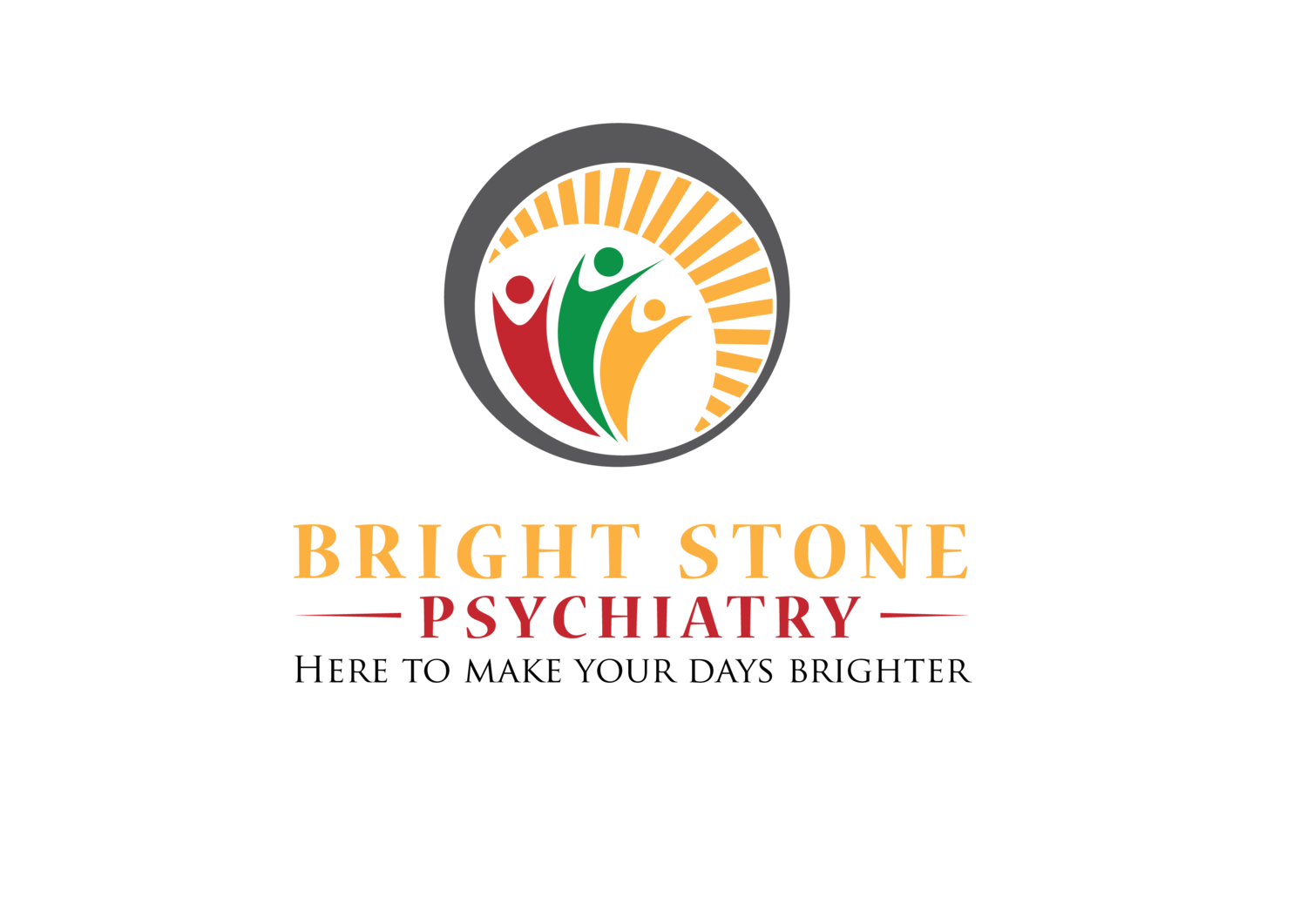Understanding the Difference Between Anxiety and Depression Symptoms and How Seasonal Changes Impact Them
Anxiety and depression are two of the most common mental health conditions, and while they often occur together, they are distinct disorders with different symptoms. At Brightstone Psychiatry, we help individuals understand the differences between anxiety and depression so they can receive the right treatment. Seasonal changes, especially the transition into fall and winter, can significantly impact both conditions, making it even more important to recognize the signs and seek help when needed.
Understanding the Difference Between Anxiety and Depression Symptoms and How Seasonal Changes Impact Them
What is Anxiety?
Anxiety is characterized by persistent feelings of worry, fear, or unease. It’s a natural response to stress, but when these feelings become overwhelming or interfere with daily life, it may be an anxiety disorder. Common symptoms of anxiety include:
Constant Worrying: Feeling anxious or stressed about everyday situations or future events.
Physical Symptoms: Increased heart rate, sweating, trembling, or dizziness.
Restlessness: Difficulty relaxing or staying calm, often accompanied by an overwhelming sense of dread.
Sleep Disturbances: Trouble falling asleep or staying asleep due to racing thoughts or feelings of unease.
Avoidance: Avoiding situations or places that trigger anxiety.
What is Depression?
Depression, on the other hand, is a mood disorder that affects how you feel, think, and handle daily activities. It’s more than just feeling sad or down for a day or two. Depression symptoms persist for weeks or longer and interfere with your ability to function. Symptoms of depression include:
Persistent Sadness: Feeling down, hopeless, or empty for long periods of time.
Loss of Interest: No longer finding pleasure in activities you used to enjoy.
Fatigue: Feeling tired or lacking energy, even after a full night’s sleep.
Changes in Appetite or Weight: Eating more or less than usual, leading to weight gain or loss.
Difficulty Concentrating: Struggling to focus, make decisions, or remember details.
Thoughts of Death or Suicide: In severe cases, individuals may experience suicidal thoughts or feelings of worthlessness.
How Seasonal Changes Impact Anxiety and Depression
Seasonal changes, especially the transition from summer to fall and winter, can exacerbate both anxiety and depression. Seasonal Affective Disorder (SAD) is a type of depression that occurs during specific times of the year, most commonly in the fall and winter when there is less sunlight. However, even those without SAD may notice changes in their mental health as the seasons shift.
Shorter Days and Less Sunlight: The reduced amount of sunlight in the fall and winter can disrupt the body’s internal clock, leading to feelings of lethargy, sadness, and increased anxiety.
Social Changes: The start of school, work stress, or the holidays can heighten anxiety levels due to added responsibilities and social pressures.
Temperature Changes: Colder weather may keep individuals indoors, reducing physical activity and social interaction, both of which are essential for managing anxiety and depression.
Sleep Disturbances: Changes in light and temperature can disrupt sleep patterns, which in turn, can worsen symptoms of both anxiety and depression.
Managing Anxiety and Depression During Seasonal Changes
At Brightstone Psychiatry, we work with individuals to develop strategies for managing anxiety and depression, especially during seasonal transitions. Here are some tips to help cope with these changes:
Maintain a Routine: Keeping a consistent daily schedule can help regulate sleep patterns and reduce feelings of anxiety or depression.
Get Outside: Try to spend time outdoors during daylight hours to boost mood and energy levels, even if it’s just for a short walk.
Stay Active: Regular exercise can help release endorphins, reduce stress, and improve overall mental well-being.
Practice Mindfulness: Techniques like deep breathing, meditation, or yoga can help calm anxious thoughts and promote relaxation.
Seek Professional Help: If you’re struggling with anxiety or depression, seeking professional care can make all the difference.
Reach Out for Help
Understanding the differences between anxiety and depression is the first step toward receiving the right care. If you notice changes in your mental health, especially during seasonal transitions, Brightstone Psychiatry is here to help. Our compassionate team provides comprehensive care to help you manage your symptoms and improve your quality of life.
For more information or to schedule an appointment, visit www.brightstonepsychiatry.com or email us at Hello@BrightStonePsychiatry.com. Let us support you on your journey to better mental health!

